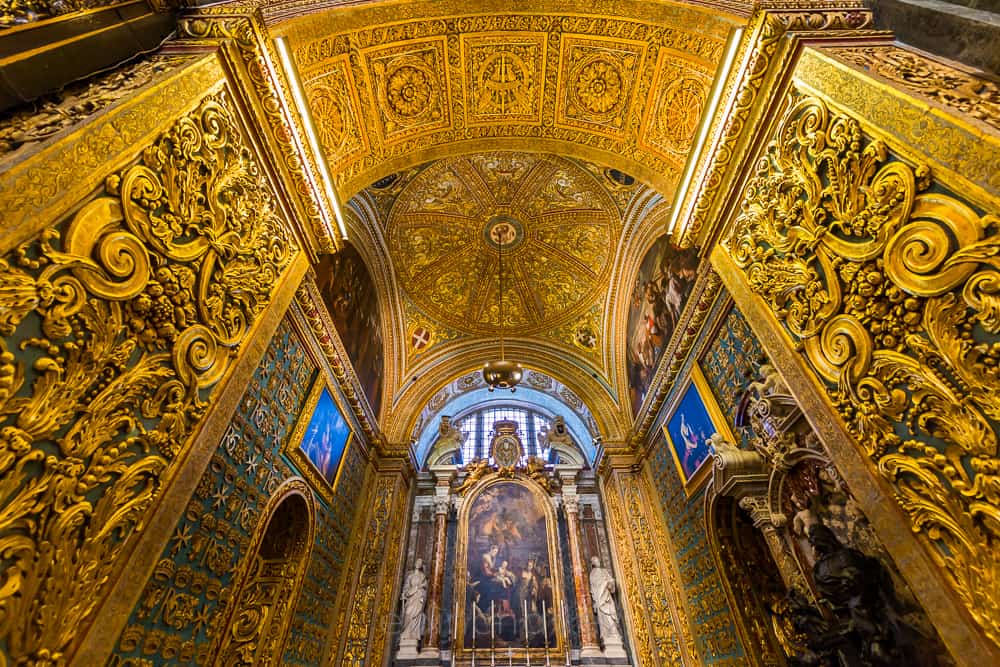Word of the Day: FOIL
“Joey,” says your mother, who has in her hands a big platter full of cinnamon rolls she has just taken from the oven, “could you fetch me a big sheet of aluminum FOIL, please?”
“Sure, Mom,” you say, and you get the tube from the cupboard, you tug on the end of the roll, unwrap a sheet, and then use the saw-teeth attached to the cardboard to cut the sheet.

It’s light, kind of a shiny gray, and it doesn’t get hot very fast, which makes it good for wrapping food in. The metal is aluminum, which is as common as dirt. I mean exactly what I said. The three most common elements in the dirt under your feet are oxygen, which is mixed into everything, silicon, a compound of which is what you’re looking at when you scoop up a handful of sand at the beach, and aluminum. So aluminum is cheap. That’s why we have so much aluminum FOIL.
But imagine a different scene.
“Joey,” says your mother, who is lying on her back on some boards way up near the ceiling, “could you fetch me the gold FOIL there on the table? Don’t touch it with your fingers,” she adds, because if you did, that alone would crinkle it up and turn it into little bits of gold dust, which Mom wouldn’t be able to use.
“Sure, Mom,” you say, and you lift the paper with the gold FOIL on it, very carefully, even holding your breath, because that too can disturb it. The FOIL is so light and thin, if you held it up in front of a lamp, you could see right through it.
“Thank you, Joey,” says Mom, and she takes a small brush made out of fine squirrel hair, with just a trace of Vaseline on it, and with it she touches the FOIL, which sticks gently to the brush, and lays the FOIL on the ceiling, which she has prepared with a very light glue.
“That’s going to be beautiful, Mom,” you say. “But gosh, doesn’t it take a lot of gold to cover all that space?”
“Oh no, we could never afford it!” Mom laughs. “Very little, Joey.”
Gold is what we call malleable. That means that you can hammer it and it won’t splinter or shatter. You can keep pounding it and rolling it, pounding it and rolling it, until it is as thin as air. That’s one of the reasons why for so many thousands of years, people have treasured gold. It is beautiful. It doesn’t rust. It doesn’t tarnish and turn dark. And a lump of gold no bigger than the last joint on your father’s thumb could be hammered out into sheets of FOIL that would cover the ceiling of an ordinary church. Think of that for a moment.
People in the old days used gold FOIL in the big churches in Italy and Greece in order to portray heaven. That was because gold was the closest thing on earth to what would be everlasting. But gold wasn’t only for ceilings. It was for Bibles, too. A long time ago, before there was such a thing as the printing press, every book had to be copied out by hand. It might take a master three years to make a single book. They were precious things, and beautiful, too. So you might take some gold, and rich paints in blue and red and green, and decorate the first page of the gospels, with wonderful designs – from the life of Jesus, or Mary, or one of the saints, or the Church at worship, or the glorious world around us that God has created. Some of those pages have retained their glory for more than a thousand years.
“But why do they call it FOIL?” you ask. That is a good question. More than a thousand years ago, in English, they wouldn’t have called it FOIL. They might have called it LEAF (say it: LAY-ahf). But when the army of William of Normandy invaded England, and William became the king – he is sometimes called William the Conqueror – the people at the royal court spoke French, the language of Normandy. And a lot of French words came into our language then. One of those words was FEUILLE, which in those days was pronounced almost the way we say FOIL now. FEUILLE means LEAF. The idea is that the gold is as thin as paper, as thin as a leaf. I’m not sure why we don’t call the sheets in the cardboard boxes ALUMINUM LEAF, but the idea would be the same.
View or print this issue as a pdf.

